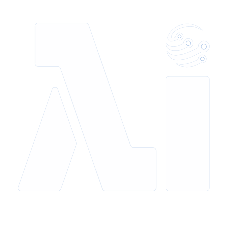Between climate change and grid challenges, our experts can help you plan for the future. Our process is to build out multiple scenarios that prepare your team for the future.
These scenarios can then be used at a moment’s notice to guide your team to proactive solutions.
Sample scenarios examples include:
1) Building a maintenance schedule for predicted component failure.
2) Dealing with climate change issues and extreme load requests
3) Changing out distribution arresters that may have been affected by lighting
Clean Up Your Data
Before any of these scenarios can be built to predict future outages, the data that you are using needs to be standardized. Several cooperatives are using the PwrMetrix® Data Quality Program in order to ensure that their data is relevant to their current set up. Using data that is corrupt will not provide relevant predictive models.
Identify What Your Trying To Predict
With the PwrMetrix® system it is easy to change out the AI algorithm and start using your system. However, it is best to have a hypothesis on a small data set first to see if the system is providing you correct returns. This will be important because at this time you will quickly notice that if your input data is not consistent, your algorithms will not yield the desired results.
Test Your Scenario Out With A Known Failure
The biggest failure that you will come to recognize is that the data will not align with the prediction. Sometimes you may be aware that there is an imminent failure of an electrical component or asset, however the data is not identifying the issue. Your first test should be somewhat limited to make sure that your data inputs are accurate. Remember with data Garbage In, Garbage Out.
Once you start seeing proven results from your system, you can educate the team about how you will approach the scenarios.
Socialize The Scenario Process With Your Team
Sometimes people expect the system to know what they want. Most of these systems are just running calculations based on the information that is previously put in.
Once you start seeing your scenarios rendering the desired result, it will be important to socialize this with your crews . There are two issues that happen with technology.
1) The crews rely too much on the technology and don’t create the feedback loop when the process doesn’t work. This is important to make sure that the data you are using is correct.
2) When the system is wrong the team gives up on correcting the data to make sure it yields the desired results.
For both of these issues, it is important to qualify the data that was used and the algorithm that was applied to ensure your team can target the desired results.
Overall, teams and technology get smarter as they build out more scenarios to proactively identify issues. Everyone quickly learns that it is all about the data and how you use it to work smarter within your organization.


